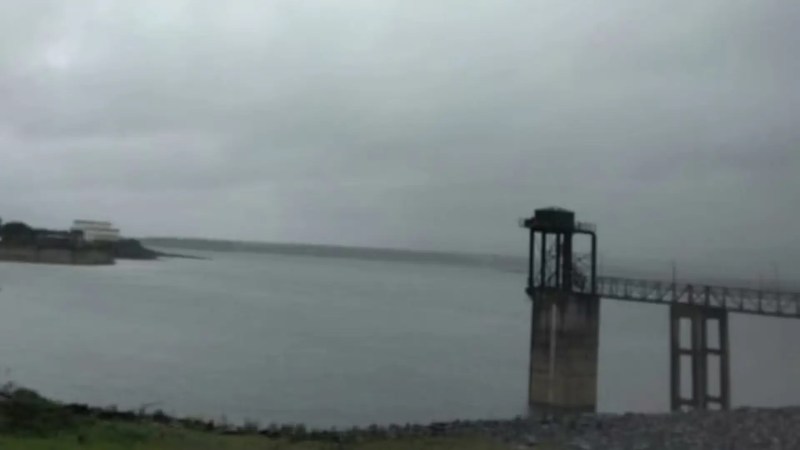
State's Water Reserves Dwindle To 27% With Monsoon Still Month Away

Tejas Navale
Pune: The state's water storage report reveals a startling fact: as there is almost a month until this year's monsoon arrives, the state has only 23 percent water reserve in its reservoir. This fact came to light through this month's storage report. Looking at the report, there is a major question of regular water supply in front of the officials regarding the use of water until the arrival of the monsoon season.
The latest reports indicate that most states are facing below-average water levels in their individual reservoirs. Konkan Division, for instance, has recorded 35 percent of its total water reserves, while Pune Division stands at 27 percent. Similarly, Nashik Division's water reserves currently amount to 30 percent of the total.
Marathwada, however, presents the most concerning scenario, with a mere 18 percent water reserve. Furthermore, recent data reveals that Amravati holds 31 percent and Nagpur has 34 percent water reserves, further heightening worries among both officials and the public.
The Nashik district is also seeing one of its toughest summers this year, as just at the midpoint of April, the state has only 28.53 percent of water storage at its disposal in the total of 24 dam projects in the district. Gangapur dam, which is crucial for water supply to Nashik city, has 45 percent of the water. As per the information, around 238 tankers are currently supplying water to 230 villages and 477 wadis in the Nashik district.
The water situation is not encouraging in other districts as well. In Chhatrapati Sambhajinagar district, 337 villages are being supplied with water through 443 tankers. With the onset of scorching summer, the question of fodder and water is looming in front of the farmers of Marathwada and adjacent regions. As the water storage at Jayakwadi Dam has come down to 17 percent, the administration has started steps to reduce the water supply required for industries and irrigation. The ground water level of Harsul Lake has also dropped to 7.5 feet now.
The seven dams, namely, Urdhwa Vaitrana, Modaksagar, Tansa, Vihar, Tulsi, Madhya Vaitrana, and Bhatsa dams, which are crucial for Mumbai's water needs, have collective storage of only 27.81 percent of their potential capacity, which is 7 percent less than the storage of last year.
In many villages and wadis, people have to walk mile after mile just for a few buckets of drinking water. The biggest brunt of this problem is being faced by rural women, who are often putting their lives at risk just to meet the need for drinking water. As this is just the start of summer, people are facing the question of the passage of the remaining two months in such acute water-stressed situations.
